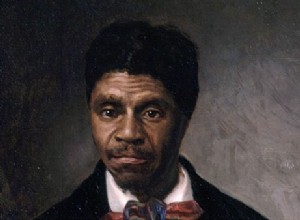Tonight, a long excerpt from Antoine Coppolanis excellent biography, Richard Nixon , published by Éditions Fayard in October. I had already reviewed a good book on Nixon, by Romain Huret (https://brumes.wordpress.com/2010/01/13/de-quoi-nixon-est-il-le-nom/). Coppolanis massive work (a biography that




